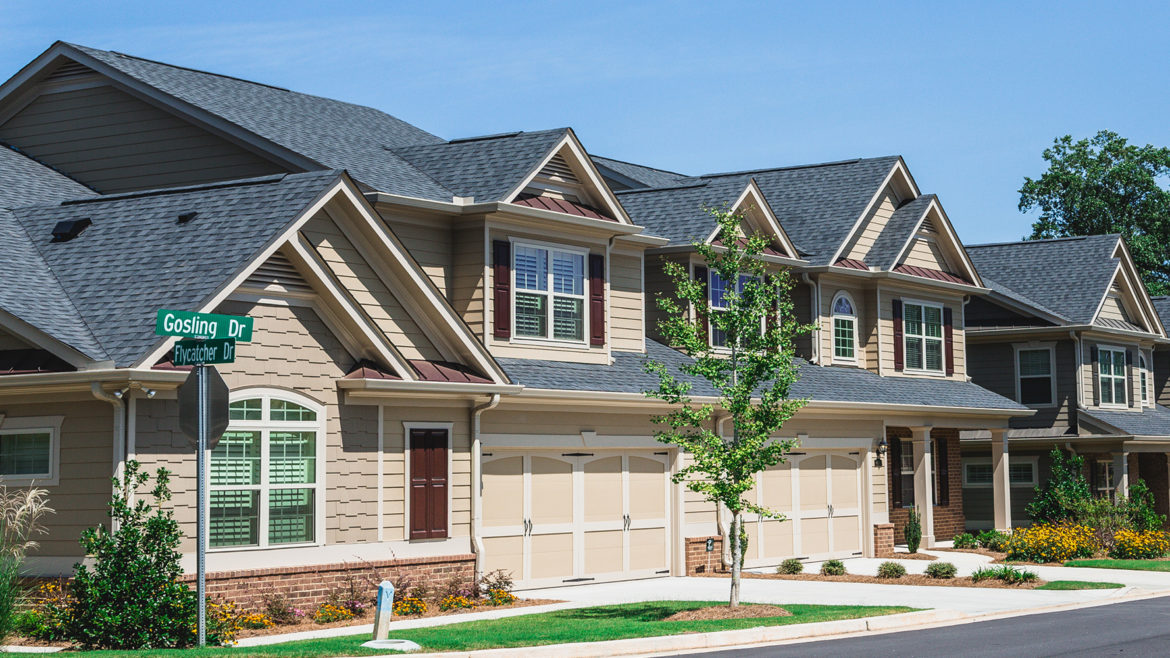
- Posted: November 16, 2018
- By: Nations Lending
Nations Lending has branches in many areas that are in transition. More specifically, some retail malls are being converted to multi-family housing, condos, and townhouses. Fortunately, Nations offers lending programs for many types of properties. Our loan officers report that, as the purchase business continues to roll along, sometimes they’re asked about condos and townhouses. A condo, short for condominium, practically speaking, is best defined as a structure that is divided into individual living units, with common areas throughout that are owned by all members of the association. Aesthetically condos are basically no different than apartment buildings except you own the condo or at least the interior unit, not the roof or land it sits on typically. Our loan officers know that a condo will normally have shared walls (or at least one shared wall) and is often below and/or on top of other units. It may also share walls with adjacent units to the left and right, depending on the style of building. If the condo is in a high-rise building, it could be surrounded by other units like a hotel. Clients will pay higher HOA dues which will cover certain costs, such as shared utilities (perhaps water and sewage), gardening, roof repair, exterior paint, and so on. Condos features common areas like pool, gym, outdoor space. Condos are cheaper to insure because only the interior is considered. You own what’s inside your condominium unit, but what’s outside, such as the roof or walkway, is owned collectively by all the homeowners in the building. Note: Just to complicate matters, it’s also possible to buy a detached condo, which is part of an association but shares no walls, floors, or ceilings. Think free-standing bungalows with common areas jointly owned by all residents. Our clients should also know that a townhouse is like a condo and a single-family dwelling, but perhaps best described as a hybrid of the two. It will also include shared walls, generally to the left and right of the unit and features common areas like outside space, pool, etc. Townhomes differ from a condo because it typically consists of multiple stories, such as an upstairs and downstairs, and often doesn’t share a ceiling, nor have any neighbors residing below. The land directly beneath the structure of most townhomes is considered part of the individual unit in terms of ownership too, which is important. A townhome may also have its own entrance, such as an exterior door, along with its own garage, which can also be accessed via the interior of the property. It has more privacy and is typically larger than a condo. Most townhouses are row houses, aka rows of narrowish homes with shared walls, but can also be vertically stacked if located in a large building with many floors, just like a condo. The HOA dues are lower but roof and other exterior items could be your responsibility creating more costs and upkeep. Additionally, you may pay all or most of their utilities themselves. Put simply, less is shared with the community, so dues can be lower relative to condos. There also seems to be a newish trend of building townhomes or so-called “detached single-family condominiums” that give homeowners the best of both worlds, perhaps with a little outside grassy lawn to use exclusively. Be sure to check out Nations Lending’s competitive condo pricing.


